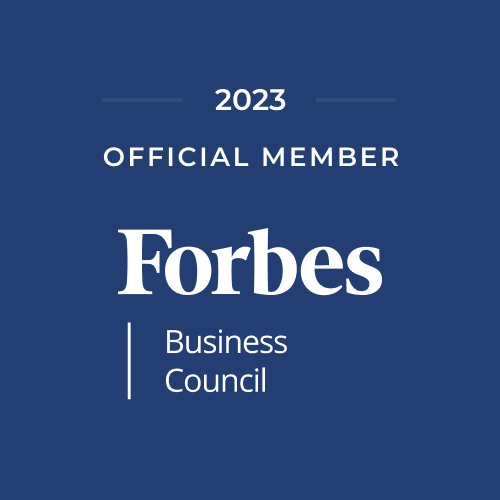Power Reads: 5 Interesting Articles That Will Help You This Week
/Each week, I select a few articles that rise above the fray and hopefully help you on your journey in leadership and the CRE world. They pull from one of four "corners": corporate real estate, technology, management science and anything positive. Each day we can become a better version of ourselves.
1. Origin Stories: Ken Ashley On What's To Love About Tenant Rep Work
I am honored that Bisnow would profile me. Thanks to the Bisnow team for including me!
Ken Ashley's path to a real estate career took a few zigs and zags. He was a university police officer, a part-time firefighter, a cash register salesman and a chief financial officer. In between all that, he found spare time to develop a passion for chasing tornadoes.
But in 1996, Ashley discovered his professional calling as a commercial real estate broker. Ashley, an executive director in Cushman & Wakefield's Atlanta office, said he fell in love with being a broker as a way to glean the business strategies of his clients, especially given how commercial real estate typically is the second-biggest cost after talent for most companies.
“Tenant rep is a complex job layered with compensation risk, but when the stars align, this is a wonderful career with great financial rewards and ultimate schedule flexibility,” Ashley said in an email.
2. Googleʼs Plan for the Future of Work: Privacy Robots and Balloon Walls
Cayce Clifford
Google’s first office was a cluttered Silicon Valley garage crammed with desks resting on sawhorses.
In 2003, five years after its founding, the company moved into a sprawling campus called the Googleplex. The airy, open offices and whimsical common spaces set a standard for what an innovative workplace was supposed to look like. Over the years, the amenities piled up. The food was free, and so were buses to and from work: Getting to the office, and staying there all day, was easy.
Now, the company that once redefined how an employer treats its workers is trying to redefine the office itself. Google is creating a postpandemic workplace that will accommodate employees who got used to working from home over the past year and don’t want to be in the office all the time anymore.
The company will encourage — but not mandate — that employees be vaccinated when they start returning to the office, probably in September. At first, the interior of Google’s buildings may not appear all that different. But over the next year or so, Google will try out new office designs in millions of square feet of space, or about 10 percent of its global work spaces.
3. What can we learn from Google’s offices about workplace design?
Office putting-greens, vintage subway cars and revolving bookcases are among the zany features that can be found in Google’s charismatic offices. Google is renowned for its unusual and extraordinary workspace designs as part of its model of motivation.
Although the offices may look cool, there is in fact reasoning behind their take on workspace. In this blog, we will explore the ways that Google makes use of its office space to “create the happiest, most productive workplace in the world.”
Those that sit together, work together
Over the decades there has been a great deal of research investigating the importance of physical space within the workplace and how it affects employee motivation. Studies showed that within a workplace that encourages collaborative working, that productivity increases by 15%.
4. Hey Siri, What’s Next In The Workplace?
Getty
She's in our pockets, on our wrists and in our homes, but have you ever asked yourself what Siri actually knows? Have you ever asked her: "Hey Siri, what can you do?"
Siri is more than a feature to check the weather, tell us a joke or playback voicemails. Siri (or Alexa, or Cortana, depending on your choice of technology) is the voice of artificial intelligence, a powerful technology that will shape the future of the enterprise employee experience.
The global response to the pandemic this year drove organizations to adopt remote work. Since the remote work revolution is here to stay, organizations need to double down on the fact that the employee experience is now synonymous with the technology experience. It's time to think of new ways employees can create a powerful work environment — wherever they plug in from. This means organizations planning how AI like Siri can automate and power their workers, and doing it securely.
5. Office Users On Why They Are Comfortable Signing Leases Again
Parkside Realty
The quick turnaround in the city’s public health metrics means it is decision time for Chicago office users. The emptying out of the downtown over the past year, and the uncertainty over when the crisis would end, led many companies to put off signing new leases. But with the pace of vaccinations ramping up starting in February, plans to move or extend leases can now be dusted off.
Some observers wondered last year if the office environment was on the verge of profound change, with companies deciding to perhaps shrink their footprints or abandon the office entirely even after the pandemic, since many companies found workers were just as productive at home, thanks to technology.
There’s little relevant data available, as for much of Q1 the downtown was still quiet as office workers typed away and held Zoom calls on home computers. But more firms are dipping their toes in the water, taking downtown tours, and a few have already signed new leases.
Your success blesses others. I wish you a great a hugely impactful week!






